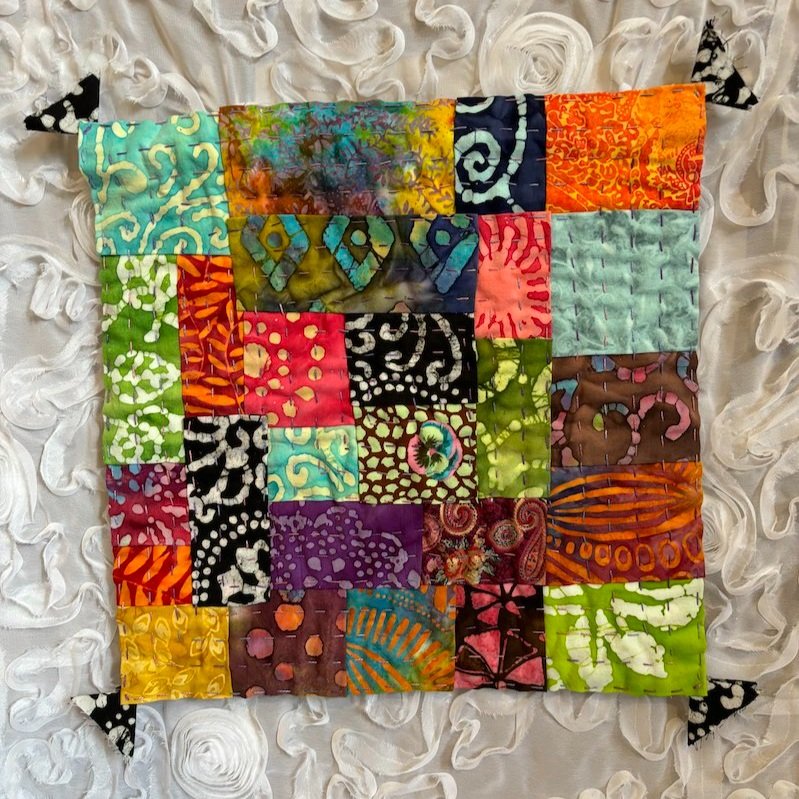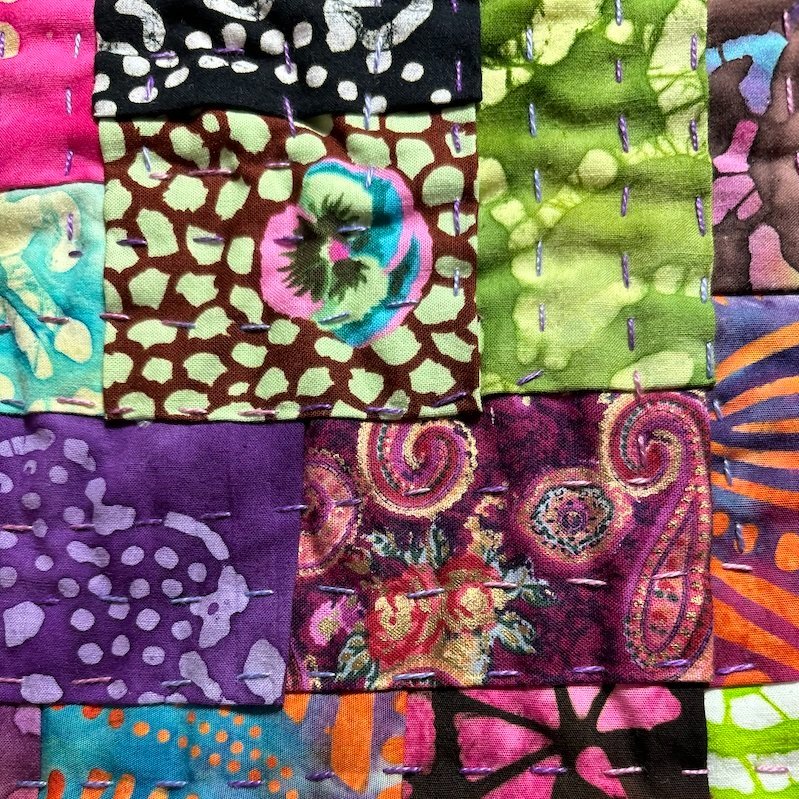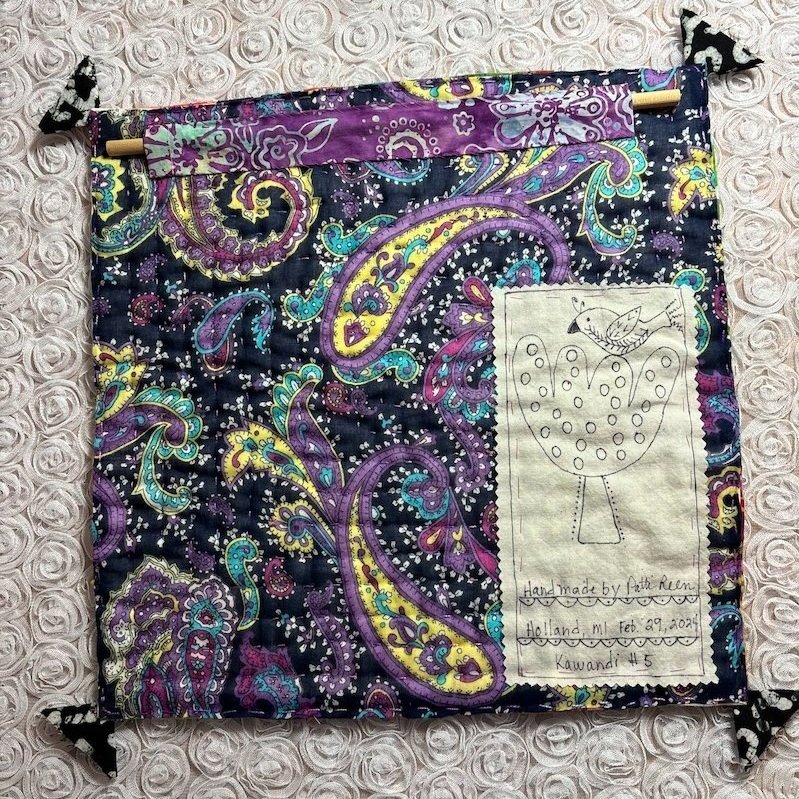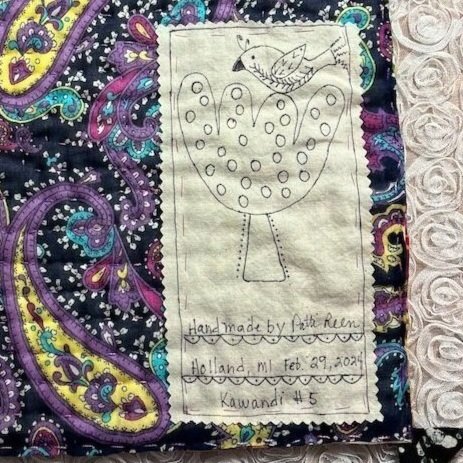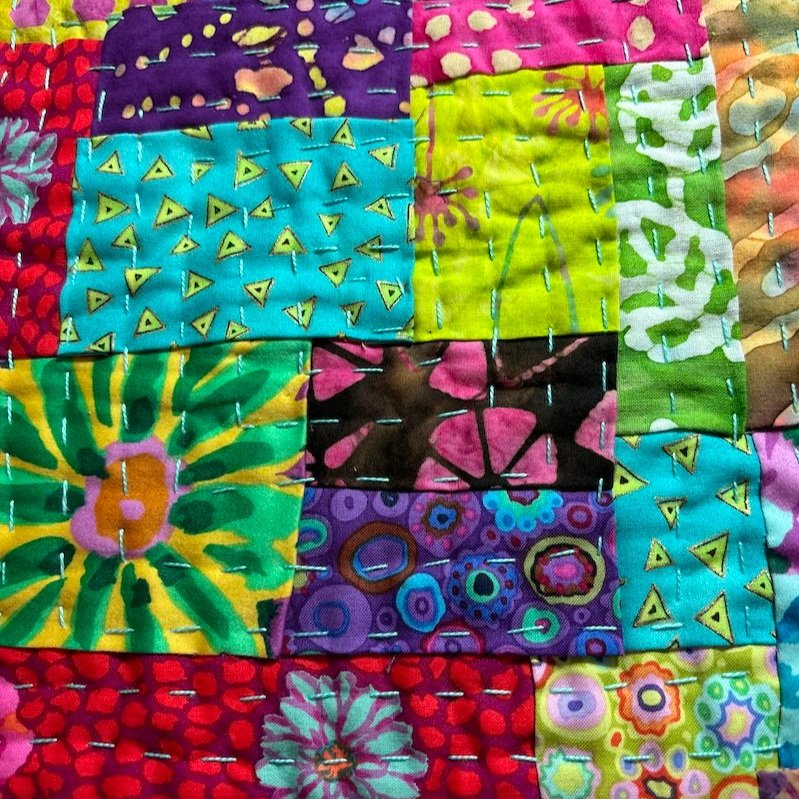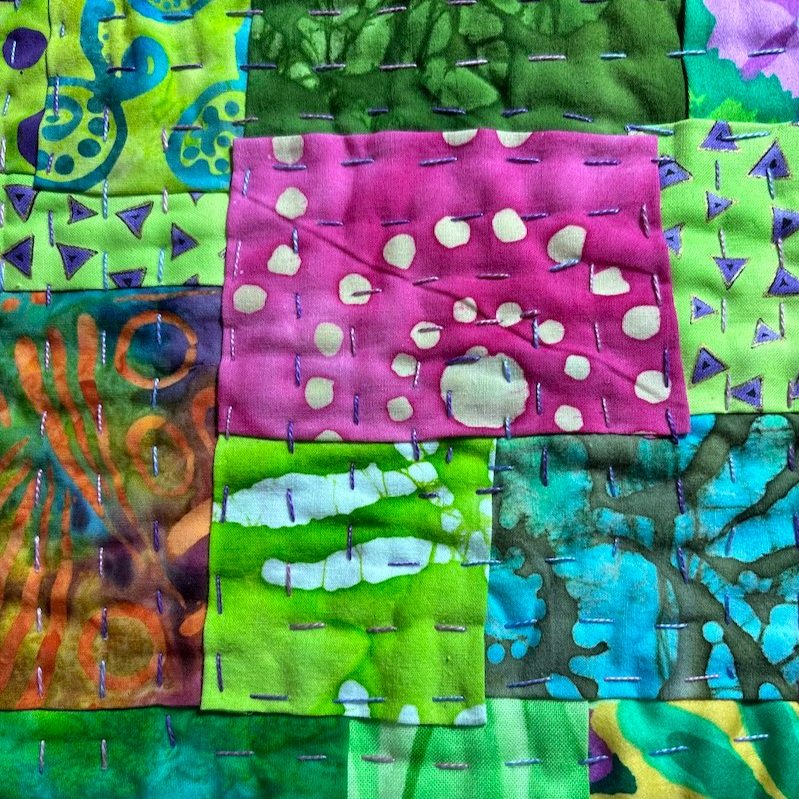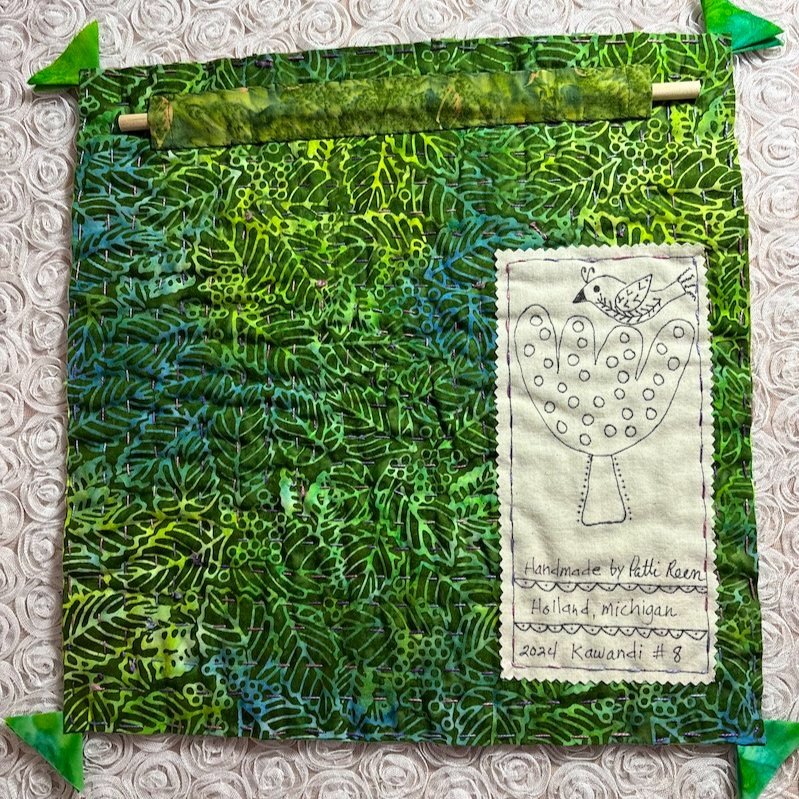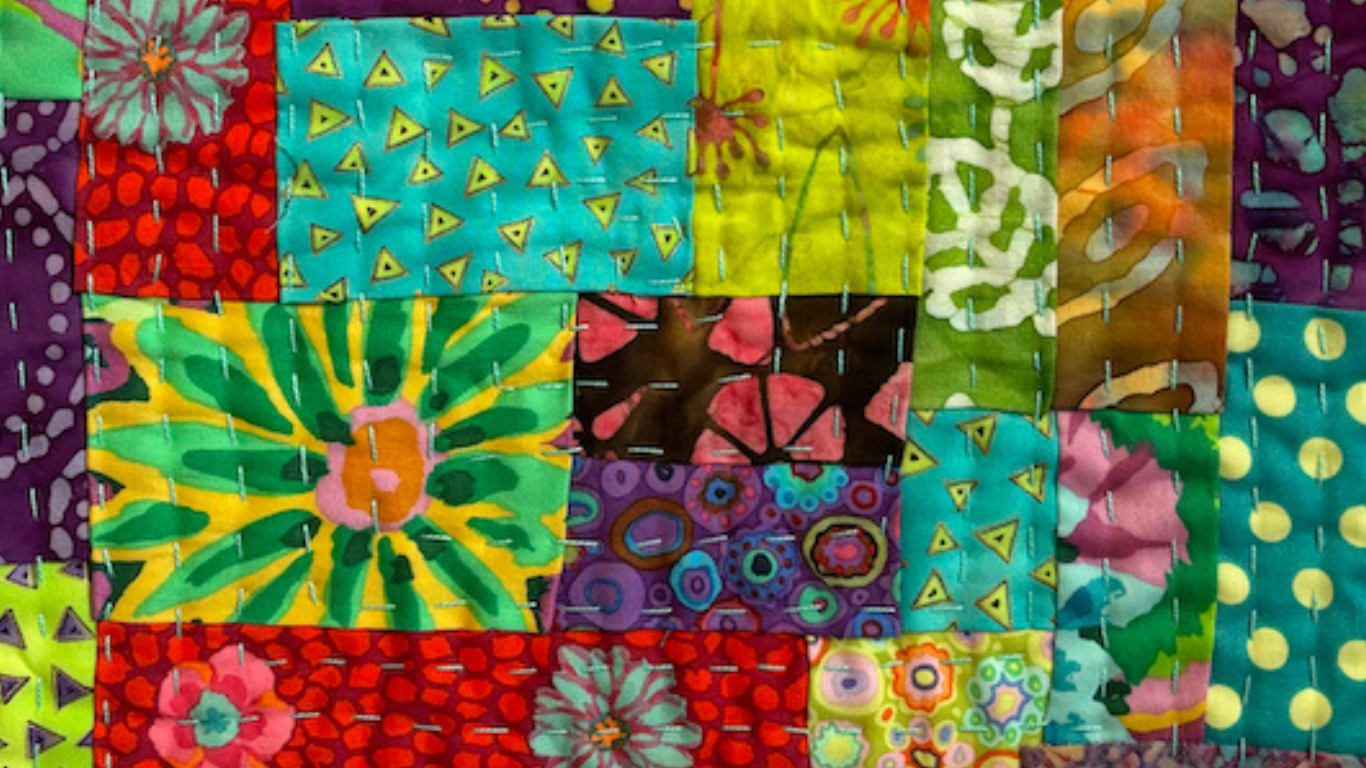
Kawandi
Understanding the Making of Kawandi
I accidentally stumbled upon Kawandi while watching slow-stitching videos on YouTube. I was very intrigued by the designs and construction methods demonstrated. Looking further, I discovered videos made by Margaret Fabrizio.
Margaret became aware of this quilt type during a visit to the Museum of the African Diaspora in San Francisco, where several Kawandis were displayed. Her curiosity about the Kawandi eventually led her to travel to Karnataka, India, to study alongside the village women who created these treasures for their families and communities.
The families in Karnataka are descendants of enslaved people captured by slave traders and brought to India. When some Siddis were freed or escaped slavery, they migrated to Karnataka and settled in remote villages.
Kawandi is the Siddi word for quilt. Siddi women used fabric scraps from Saris to construct the Kawandi, starting with the outer border and working toward the center.
Sometimes, several women worked on the Kawandi simultaneously, sitting on the floor and pulling fabric pieces from piles of scraps. Another unique feature is the triangles of folded fabric attached to each corner while stitching the outermost edge. According to the Siddis, these “phulas,” or flowers, are an integral part of the total design, and the Kawandi are considered “naked” without them.
There is a lot of information about Kawandis available online. I have identified a few experts on the subject:
1. Sujata Shah
2. Sarah Kahn
3. Henry Drewal, and
Margaret Fabrizio has dedicated several years to creating beautiful and exciting Kawandis, which she sells through the Fabrizio Gallery in San Francisco.
I have no source for used Sari fabric and love bright colors, so I primarily use cotton Batik fabrics to create my Kawandis. Because of the rich history behind this unique textile art, it has been my honor to learn to make Kawandi-inspired quilts my way and to send them out into the world to promote and preserve this fascinating textile art form.

